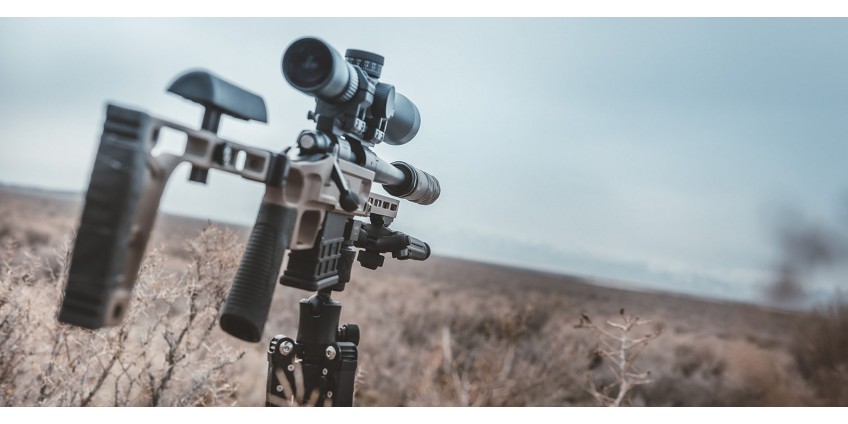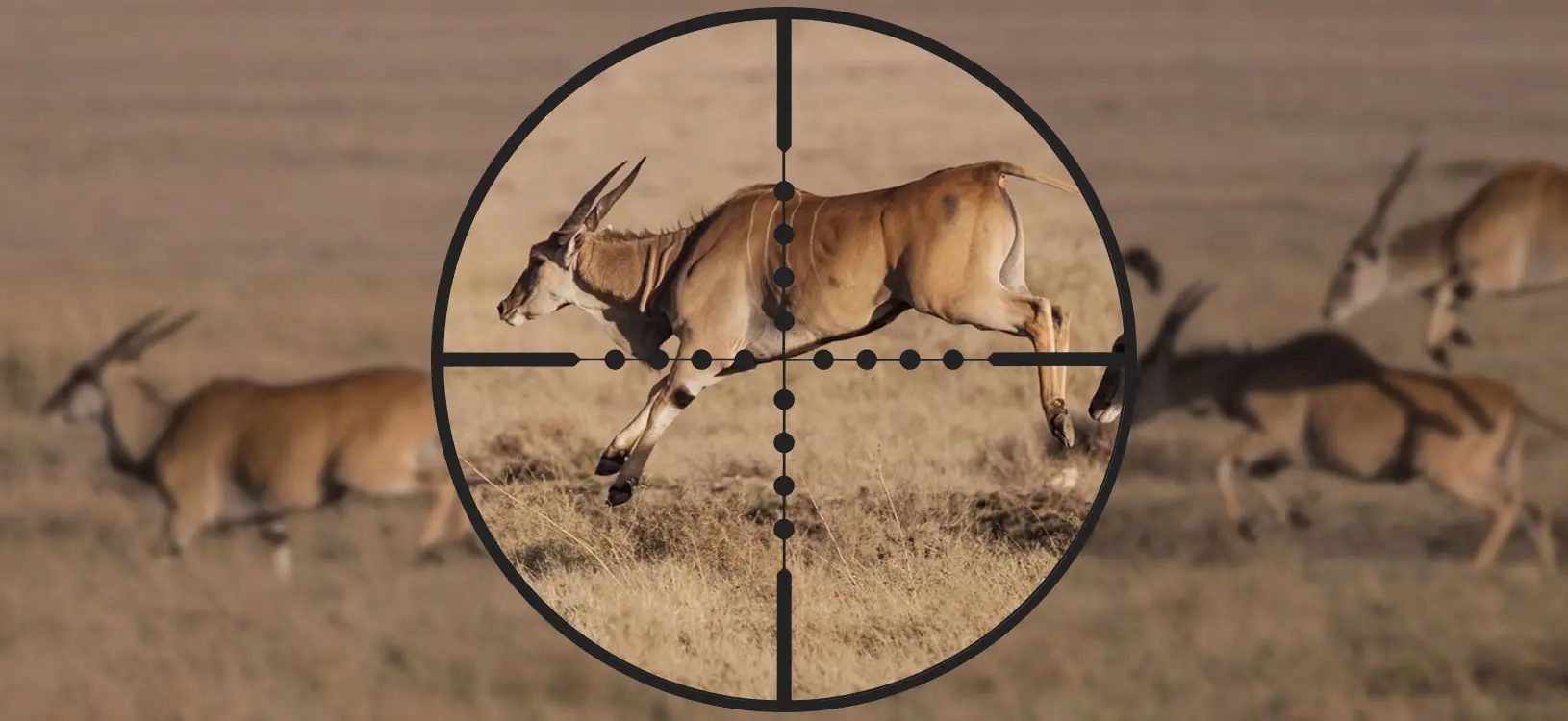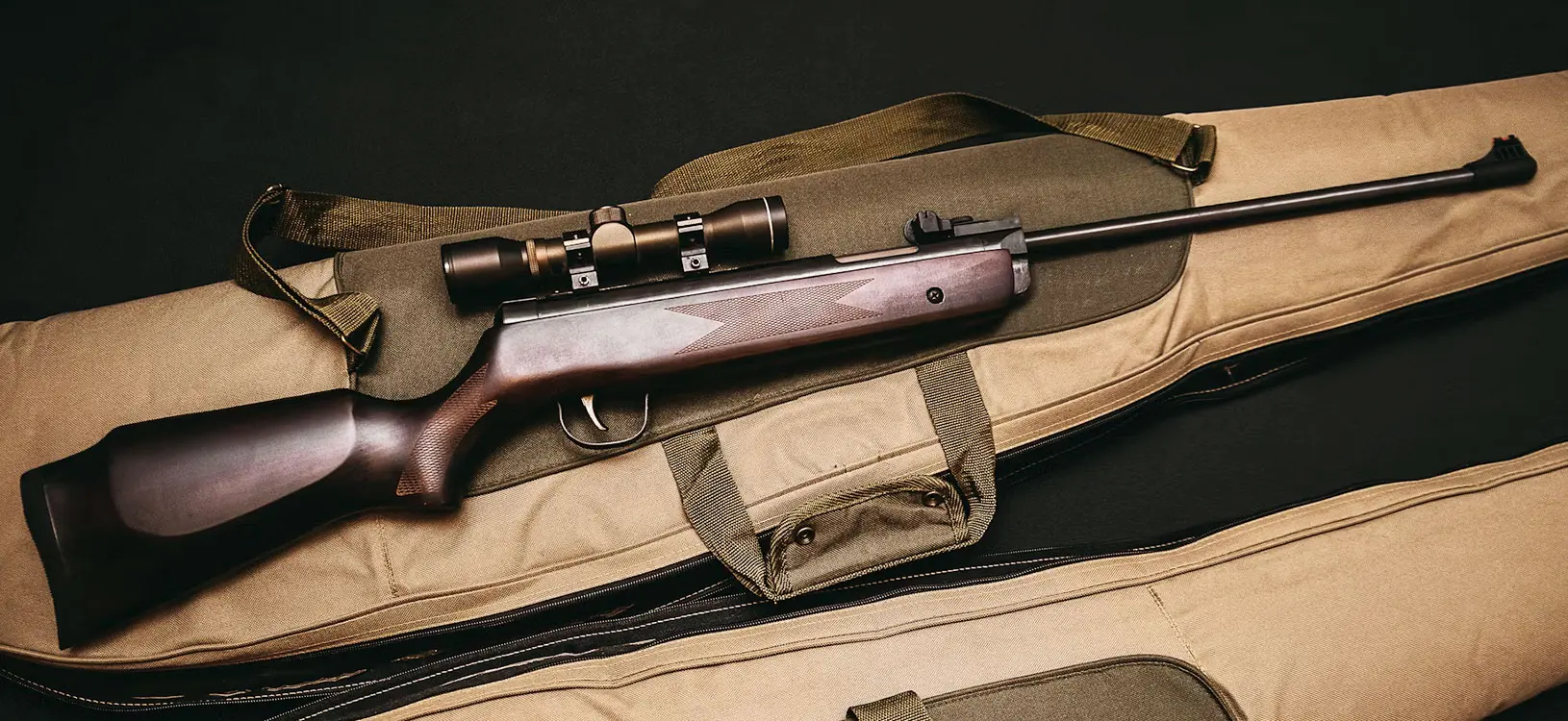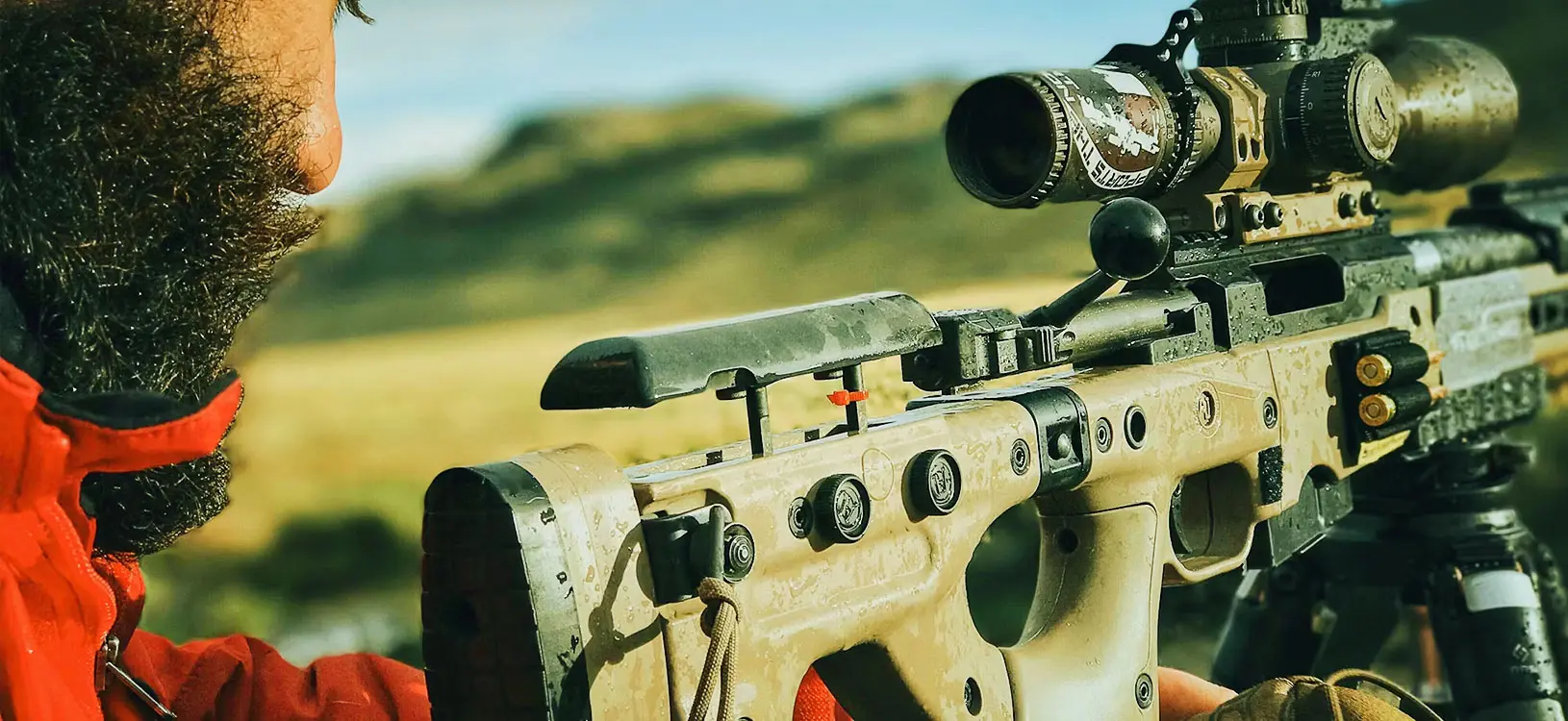
This product is not exportable outside the United States.
By adding this item to cart, you agree and acknowledge the Export Policy and confirm that you are a person in the United States with no intentions to illegally export the device.
This product is not exportable outside the United States.
By adding this item to cart, you agree and acknowledge the Export Policy and confirm that you are a person in the United States with no intentions to illegally export the device.


0

0


A Mil-dot is a handy grid that helps you find the approximate distance to an object. This information helps users make adjustments and aim well, improving shooting accuracy. To truly appreciate the benefits of mil-dot, it is enough to explore the available options for its application in practice simply.
Mil-dot is a unique reticle that comes as an addition to various scopes. With its help, you can easily calculate the height and width of an object and determine the approximate number of meters to it. This data allows you to adjust horizontally and vertically without changing the original scope settings. In addition, such information's availability helps calculate deviations from the optimal bullet flight trajectory resulting from the impact of various external factors (precipitation, wind).
Mil dot is short for milliradian dot. Milliradian is a dimensionless unit of measure equal to 0.001 radians (the angular value of an arc whose length is equal to its radius). At this interval from each other, the marks on the mil-dot reticle (MDR) are located, allowing you to estimate the distance to a live target and make adjustments to improve shooting accuracy. Such amendments increase the chances of completing the case, even installing sights not intended for firing from a very long distance.

Mil (not to be confused with minutes of angle) is not linear but angular. Therefore, when adjusting the rifle scope for a certain number of these units, it should be remembered that additional calculations will need to be made to obtain the exact deviation of the bullet from the original trajectory. In cases where you know the distance in yards to the target, it is possible to get the size in inches and other units of measurement. For example, at a distance of 100 yards, one mil will be equal to 3.6 inches, at 500 yards - 18 inches, and 1000 yards - 36 inches. At the same time, with unknown distances and the size of targets, it will not be possible to accurately determine the number of inches.
MDR has found wide application in the military and civilian fields. It has become available due to its ease of operation and ability to obtain the necessary information quickly. MDR provides a radian measure of an angle instead of a degree measure. This makes it easy to convert milliradians to decimal units. The milliradians are present on the reticle, helping gun owners get much important information.
MDR has vertical and horizontal lines that intersect at right angles. They contain dozens of dots or strokes, the interval between which is one millimeter. During aiming, the halfway mark is combined with the edge of the observed object, after which milliradians are determined. This data helps calculate the size of large and small animals, choose a person's parameters, and find the approximate distance between them. Simple standard formulas are used for these purposes; even children can make calculations.
The sniper can adjust the bullet's trajectory with an MDR on the scope. It must align the halfway mark with the desired point and then deviate by the required number of milliradians in a specific direction.
Mil-dot has many advantages, making it the most popular reticle for rifle scopes. First, it allows you to determine the deviations in the bullet's flight path and make the appropriate adjustments to improve shooting accuracy. Next, a mil-dot helps shooters calculate the target size better than another reticle. It is enough to substitute the known data into simple formulas and perform elementary mathematical calculations. And finally, with the help of mil-dot scope, it will be easy to determine the distance to the target. For this, the shooter will also need only basic knowledge of mathematics.
In most cases, MDR is used to determine the distance. To do this, the sight owner must perform several standard actions and remember the school math course.
Distance calculation. Determining the number of meters to the target is very simple. To do this, use the standard mathematical formula and remember the rules for dividing numbers. You can get the exact value by dividing the dimensions, taken in millimeters, by mils. The final result is the approximate distance to the observed animal or person. If you need to get values in other units of measurement, then it is enough to perform a standard conversion of the final number.
Calculation formula:
(H x 10) / M = S, where H is – the object's size in cm, M – is mil size, and S is – the number of meters to the target.
Calculation example:
Consider a situation where a hunter sees a large deer and wants to determine the number of meters to make an accurate shot and get the desired trophy. He points the sight at the lower part of the animal's body to achieve this goal. He determines the mils that the artiodactyl occupies by the MDR (for example, four milliradians). Then, he divides the average height of a large deer (approximately 1.2 m = 1200 mm) by four millimeters and gets a result of 300 m.

The correct sequence of actions:
In some situations, the owner of an MDR sight knows the distance in advance (measured with a particular rangefinder or similar equipment). Still, it is necessary to determine the exact dimensions of the target. In this situation, it is enough to substitute the numbers in the inverse formula. According to her, multiply the distance by milliradians. The final result is obtained in millimeters, after which it is converted into the required units of measurement.
Calculation formula:
(S x M) / 10 = H, where S – is the distance in meters, M – is mil size and H – is the object's size in cm.
Calculation example:
Using some assistive device, the hunter determined the distance to the deer, which was 420 m. On the MDR, the height of the animal is three miles. By multiplying one number by another, a value of 1260 mm (1.26 m) is obtained, which is the height of the deer. Similarly, the length of the animal's body is determined. For example, 420 m distance to an object is multiplied by six mils (occupied by a deer per mil dots reticle) to get 2520 mm (2.52 m).
When shooting at long distances, do not forget the decreased inaccuracy due to the gradual deviation of the bullet's trajectory during flight. Such an error arises due to the influence of external factors (wind, precipitation, etc.) and the forces of attraction and friction. To pre-calculate the magnitude of the deviation, you need to study the weapon's characteristics and the features of the bullets. Next, open the ballistic calculator and enter the data. The result will be the number of milliradians that must deviate from the optimal mark while aiming to eliminate the bullet's flight error. An alternative to the ballistic calculator can be unique tables, which can also determine the amount of deflection.
Calculation example:
For example, in calm weather (wind speed is 0 m/s), a hunter wants to shoot a deer that is 300 m away from him. To do this, he takes a Winchester caliber .308 and standard RWS KS bullets weighing 10.7 g. The ballistic characteristics of the latter are available in reference tables, which are not difficult to find (there are many open sources of information). According to these data, while flying at a distance of 300 m, the speed of the bullet drops from 800 m/s to 556 m/s, and a deflection of 570 mm occurs. To make adjustments, raise the weapon until the desired point of impact of the bullet is about 1.9 milliradians (determined by a ballistic calculator).

Making adjustments with a mil-dot scope is a straightforward task. However, it has a few nuances that should be discussed in more detail. Often, shooters use models with scope turrets with a step of 0.1 mil. In this case, 10 clicks will correspond to 1 mil, which is the most convenient for users. Using a rifle scope with a mil-dot grid, you can make elevation adjustments and set the optimal number of inches wide, which will compensate for deviations in the bullet's trajectory. Thanks to this, you can adjust the rifle scope as accurately as possible and reduce the number of inaccurate shots to a minimum.
You must correctly perform the magnification setting to determine the exact aiming point when using a mil-dot scope reticle. This is done experimentally, in which the only thing that can be considered is the bullet's standard trajectory. Gradually changing the settings, you will find the proper magnification for a particular distance, allowing you to determine the optimal aiming point.
Of all existing grid types, MDR is the simplest and most popular. It allows you to estimate the size and distance of the observed object quickly and make the necessary corrections before pulling the trigger. This feature has made the MDR in demand among the military, who use sniper rifles, and civilians who hunt small and large animals.
At 100 yards, one mile equals 3.6 inches. As the distance to the target increases, the value of 1 mil increases proportionally and at 1000 yards, it equals 36 inches.
In most cases, mil dot is better than MOA, allowing you to determine various indicators faster and adjust the aiming process.
Most shooters use rifle scopes with a step of 0.1 mil. Accordingly, to get one million, they need to make 10 clicks.
Modified: Jan 20, 2025 | 04:19 pm
Table of contents